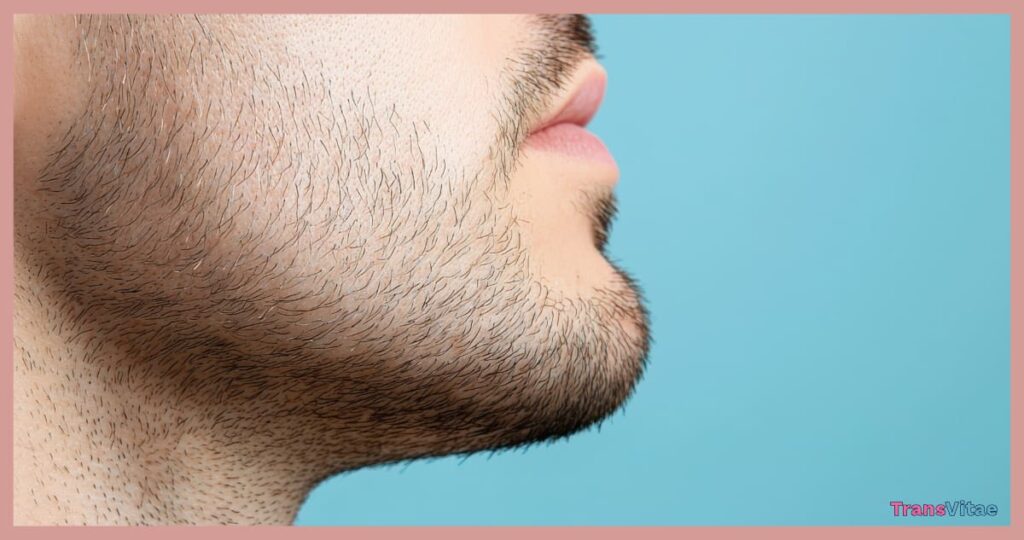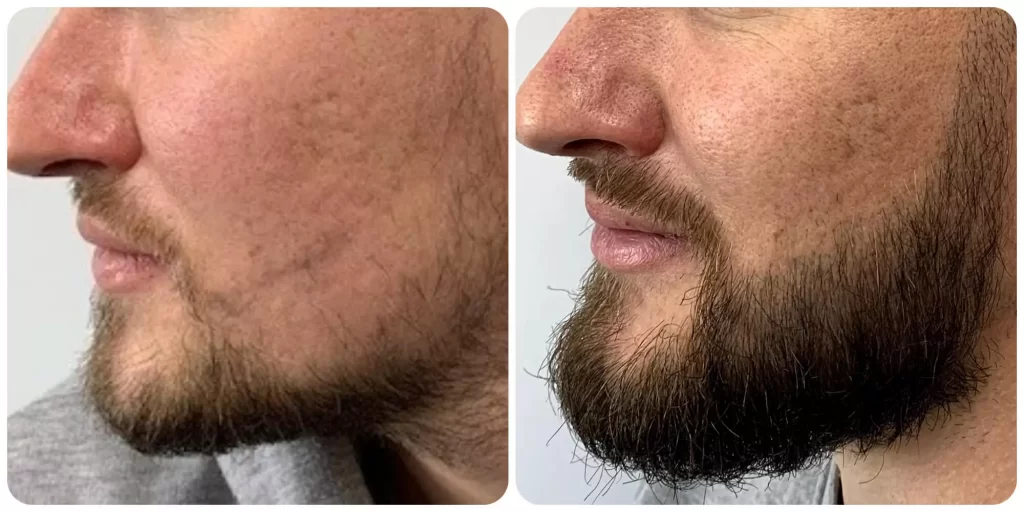As a crucial aspect of the Female-to-Male (FTM) transition journey, many individuals seek effective and reliable methods to enhance their masculine features. One such method that has garnered significant attention in recent years is the use of minoxidil. Initially designed to treat hair loss and hypertension, minoxidil has been discovered to have a profound impact on facial hair growth, making it a popular choice among FTM individuals. In this article, we will delve into the world of minoxidil FTM, exploring its benefits, usage, and potential side effects.
What is Minoxidil?
Minoxidil is a topical solution that was first introduced as an oral medication to treat high blood pressure. However, during clinical trials, researchers observed an unusual side effect – excessive hair growth. This led to the development of a topical formulation, which was later approved by the FDA to treat androgenetic alopecia (male/female pattern baldness). The topical solution works by widening blood vessels, increasing blood flow to the scalp, and stimulating hair growth.
Minoxidil for FTM Transition: How it Works

For Minoxidil FTM has become a game-changer in achieving a more masculine appearance. The solution is applied topically to the face, typically to areas where facial hair is desired. By increasing blood flow and stimulating hair follicles, minoxidil promotes the growth of thicker, darker, and more abundant facial hair.
The exact mechanism of minoxidil’s effect on facial hair growth is not fully understood. However, it is believed to involve the following:
- Increased blood flow: Minoxidil widens blood vessels, allowing more oxygen and nutrients to reach the hair follicles, promoting healthy growth.
- Hair follicle stimulation: The solution stimulates hair follicles, prolonging the anagen phase (active growth phase) and increasing the overall length and thickness of facial hair.
- Potassium channel opening: Minoxidil opens potassium channels, leading to an increase in the duration of the anagen phase and promoting hair growth.
Benefits of Minoxidil for FTM Transition
The benefits of using minoxidil for FTM transition are numerous:
- Enhanced facial hair growth: Minoxidil promotes the growth of thicker, darker, and more abundant facial hair, helping to achieve a more masculine appearance.
- Increased confidence: A fuller beard or mustache can significantly boost an individual’s confidence and self-esteem.
- Non-invasive: Minoxidil is a topical solution, making it a non-invasive and relatively risk-free treatment option.
- Reversible: If desired, minoxidil use can be discontinued, and its effects will gradually wear off.
Using Minoxidil for FTM Transition: Tips and Guidelines
To maximize the effectiveness of minoxidil for FTM transition, follow these guidelines:
- Concentration: Use a concentration of 5% or higher, as this has been shown to be more effective for facial hair growth.
- Application: Apply minoxidil to the desired areas of the face, typically the beard, mustache, or sideburns. Use a dropper or spray bottle to ensure even distribution.
- Frequency: Apply minoxidil twice daily, once in the morning and once in the evening, for optimal results.
- Consistency: Use minoxidil consistently for at least 3-6 months to achieve noticeable results.
- Patience: Be patient, as minoxidil’s effects may take time to manifest.
Potential Side Effects and Precautions
While minoxidil is generally well-tolerated, some individuals may experience side effects:
- Skin irritation: Redness, itching, or dryness may occur, particularly during the initial stages of treatment.
- Unwanted hair growth: Minoxidil can cause hair growth in unintended areas, such as the cheeks or forehead.
- Allergic reactions: Rarely, individuals may experience an allergic reaction to minoxidil, which can manifest as hives, itching, or difficulty breathing.
To minimize the risk of side effects:
- Start with a low concentration: Begin with a lower concentration (2%) and gradually increase as needed and under the guidance of a healthcare professional.
- Patch test: Perform a patch test on a small area of skin before using minoxidil on the face.
- Monitor progress: Regularly monitor your progress and adjust your usage accordingly.
Combining Minoxidil with Other Treatments
For optimal results, some FTM individuals may choose to combine minoxidil with other treatments, such as:
- Testosterone therapy: Minoxidil can be used in conjunction with testosterone therapy to enhance facial hair growth.
- Beard care: Maintaining a healthy beard care routine, including regular trimming and conditioning, can help maximize the effectiveness of minoxidil.
Conclusion
Minoxidil has emerged as a valuable tool for FTM individuals seeking to enhance their masculine features. By promoting facial hair growth, minoxidil can help individuals achieve a more confident and authentic expression of themselves. While it is essential to be aware of the potential side effects and take necessary precautions, the benefits of minoxidil for FTM transition are undeniable. As with any treatment, it is crucial to consult with a healthcare professional before starting minoxidil, especially if you have any underlying medical conditions or concerns.
By understanding the benefits, usage, and potential side effects of minoxidil, FTM individuals can make informed decisions about incorporating this treatment into their transition journey. As the FTM community continues to grow and evolve, it is essential to prioritize education, support, and resources to help individuals navigate the complexities of transition.

